Blog
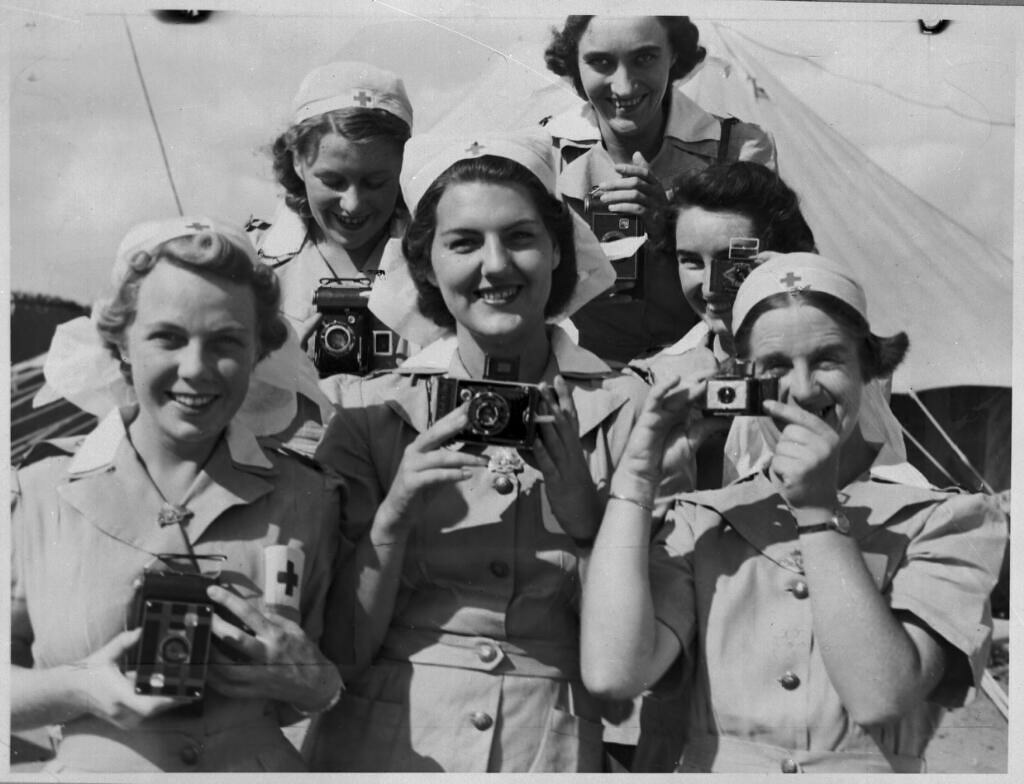

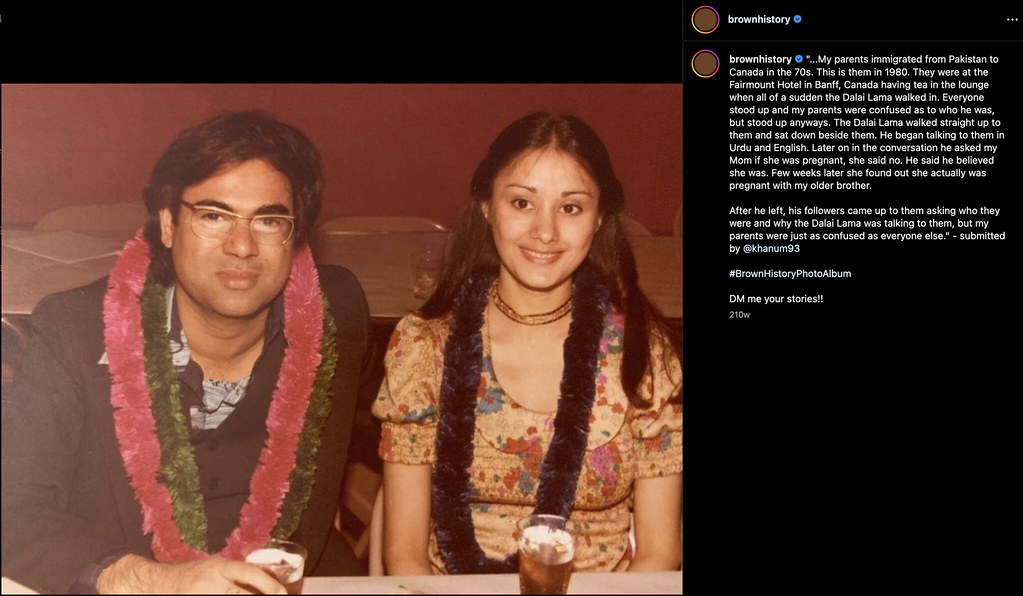
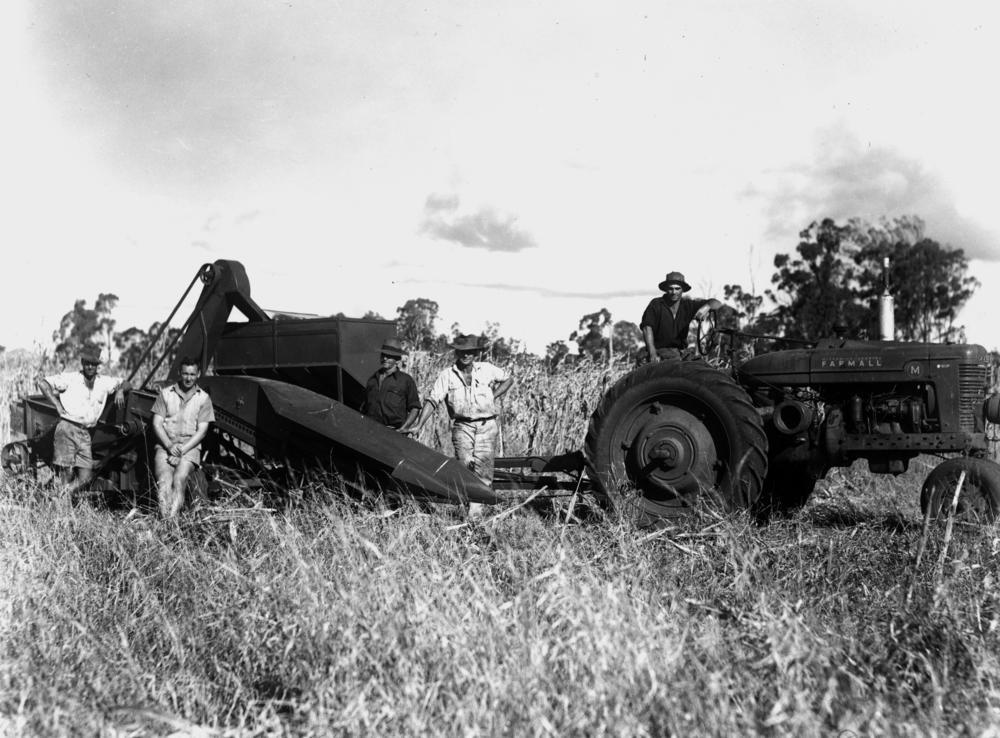
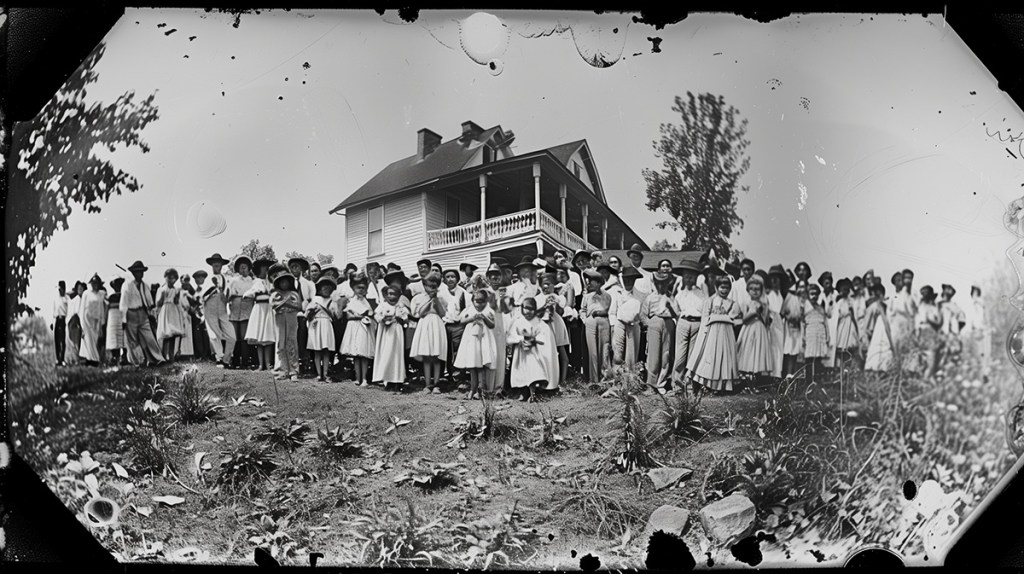
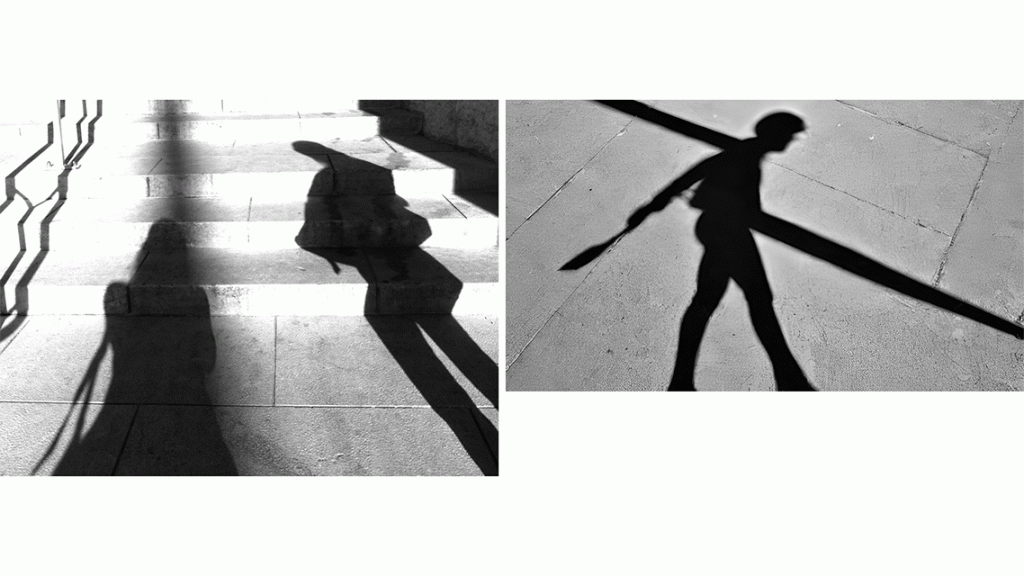
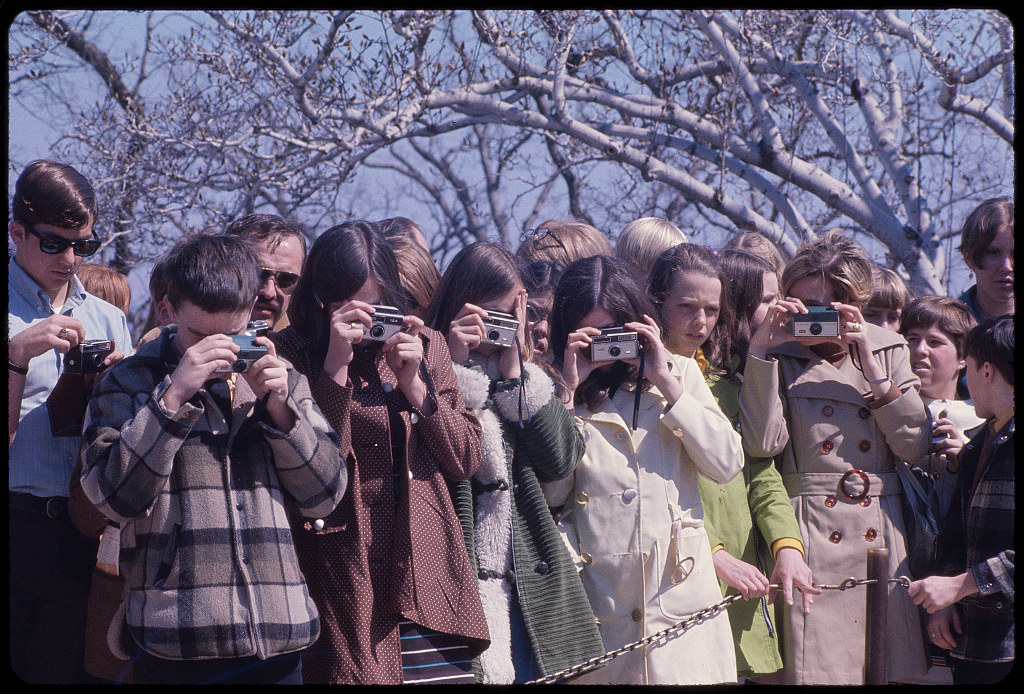
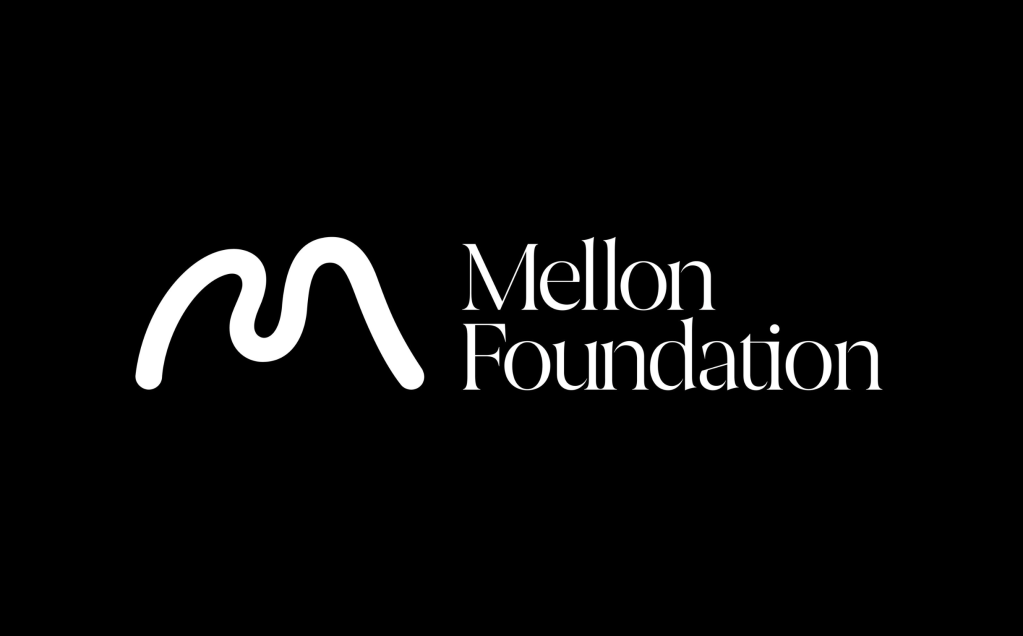
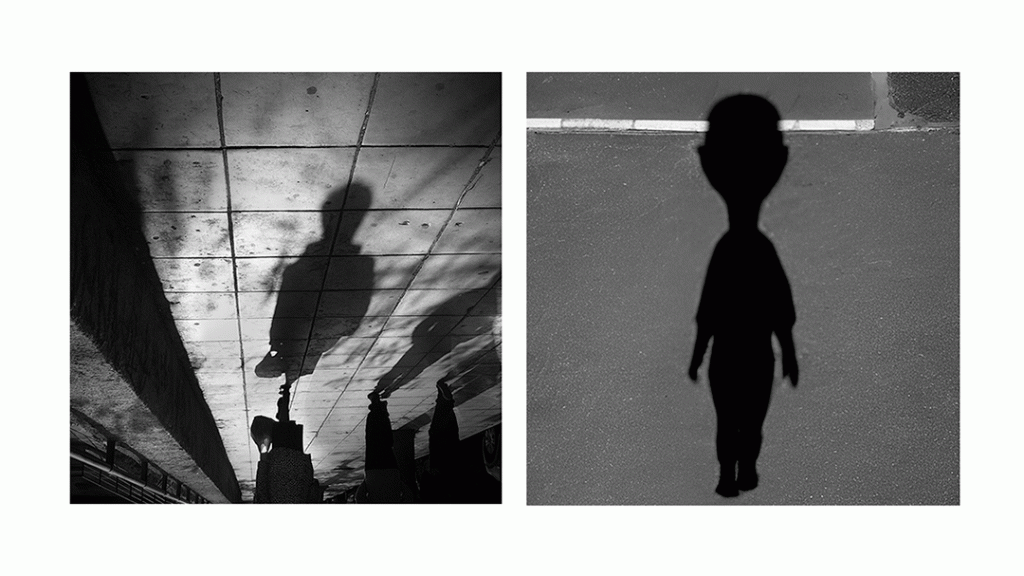
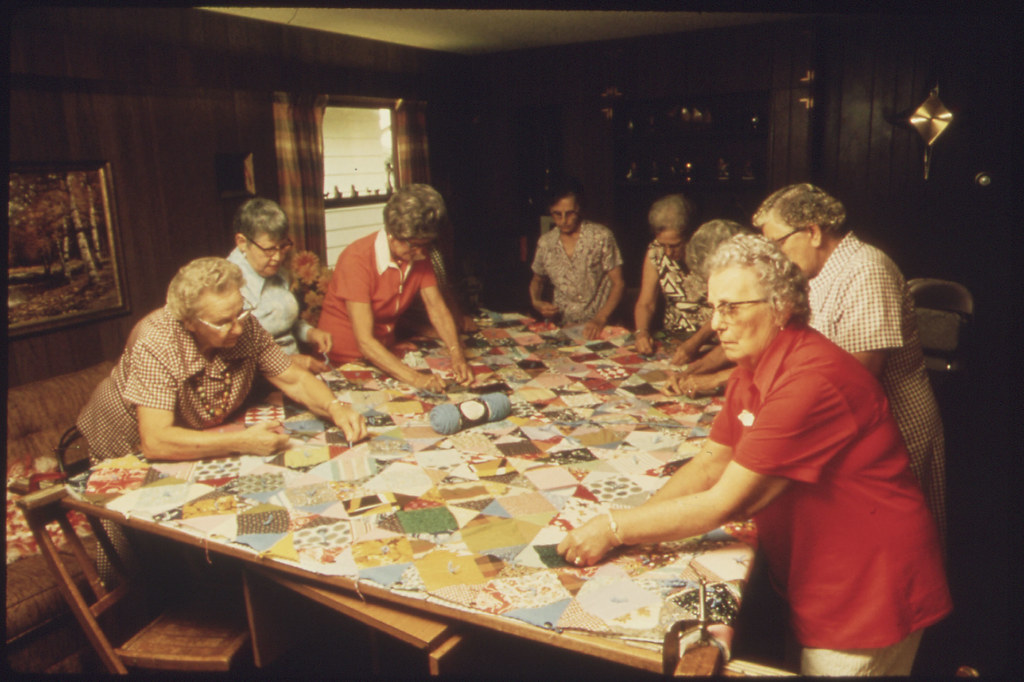

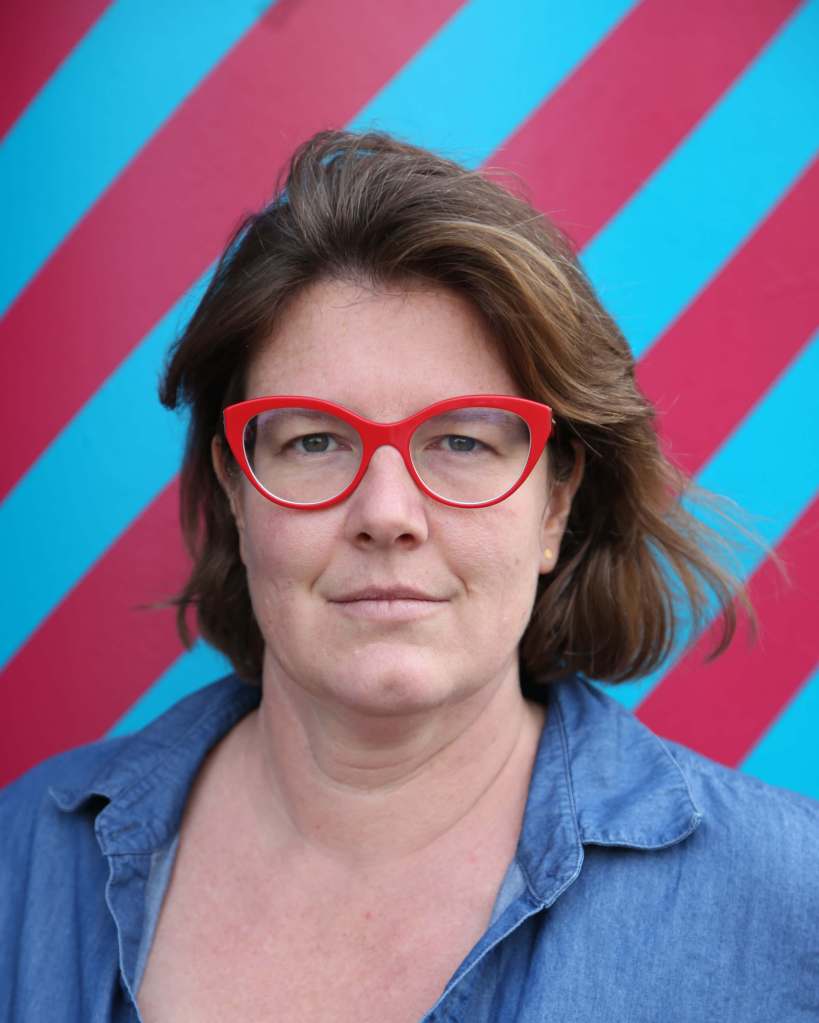
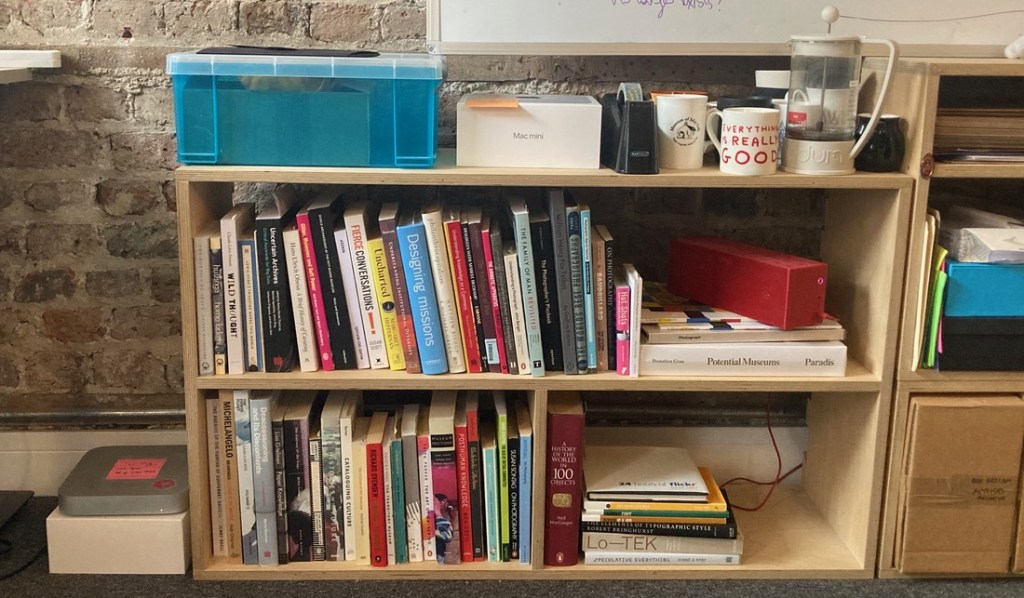

How far we've come since that first view of the rooftops in France...

We’ve added maps to our Commons Explorer, which is a fun new way to find photos.

Where research fellow, Prakash Krishnan, positions archival images as a medium for creative interpretation.

Some techniques for working with metadata that describes more than 100 million files.

The final installment from Eryk Salvaggio as part of his fellowship researching generated imagery and Flickr.

Second of three installments from Eryk Salvaggio as part of his research on generated imagery and Flickr.
Our new bot improves metadata for Flickr photos on Wikimedia Commons, and makes it easier to find out which photos have been copied across.

More questions than answers, and that's a good thing.
We’ve made a library that knows how to read lots of different forms of Flickr.com URL.

We're thrilled to join the fold of organizations connected with and supported by the Mellon Foundation.

First of three installments from Eryk Salvaggio as part of his research on generated imagery and Flickr.

A report on archival strategies by Ashley Kelleher Skjøtt.

Prakash Krishnan (he/him) is an artist-researcher and cultural worker, and joins us on a research fellowship in 2024.

One of the Flickr Foundation's research partners, based in California.

Jenn reflects on her six months working with the Flickr Foundation crew.
| Cookie | Duration | Description |
|---|---|---|
| cookielawinfo-checkbox-analytics | 11 months | This cookie is set by GDPR Cookie Consent plugin. The cookie is used to store the user consent for the cookies in the category "Analytics". |
| cookielawinfo-checkbox-functional | 11 months | The cookie is set by GDPR cookie consent to record the user consent for the cookies in the category "Functional". |
| cookielawinfo-checkbox-necessary | 11 months | This cookie is set by GDPR Cookie Consent plugin. The cookies is used to store the user consent for the cookies in the category "Necessary". |
| cookielawinfo-checkbox-others | 11 months | This cookie is set by GDPR Cookie Consent plugin. The cookie is used to store the user consent for the cookies in the category "Other. |
| cookielawinfo-checkbox-performance | 11 months | This cookie is set by GDPR Cookie Consent plugin. The cookie is used to store the user consent for the cookies in the category "Performance". |
| viewed_cookie_policy | 11 months | The cookie is set by the GDPR Cookie Consent plugin and is used to store whether or not user has consented to the use of cookies. It does not store any personal data. |